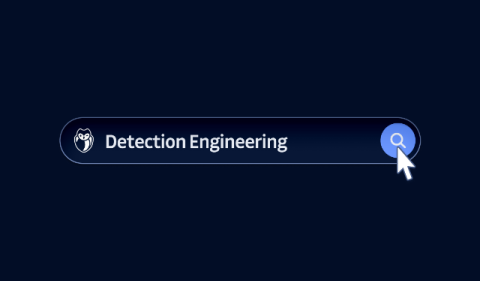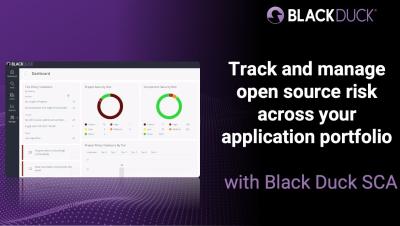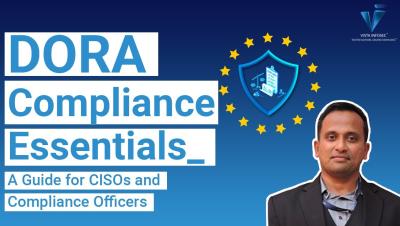Detection Engineering: A Case Study
In this blog post, we will explore the intricate world of detection engineering. We’ll start by examining the inputs and outputs of detection engineering, and then we’ll illustrate the detection engineering lifecycle.










